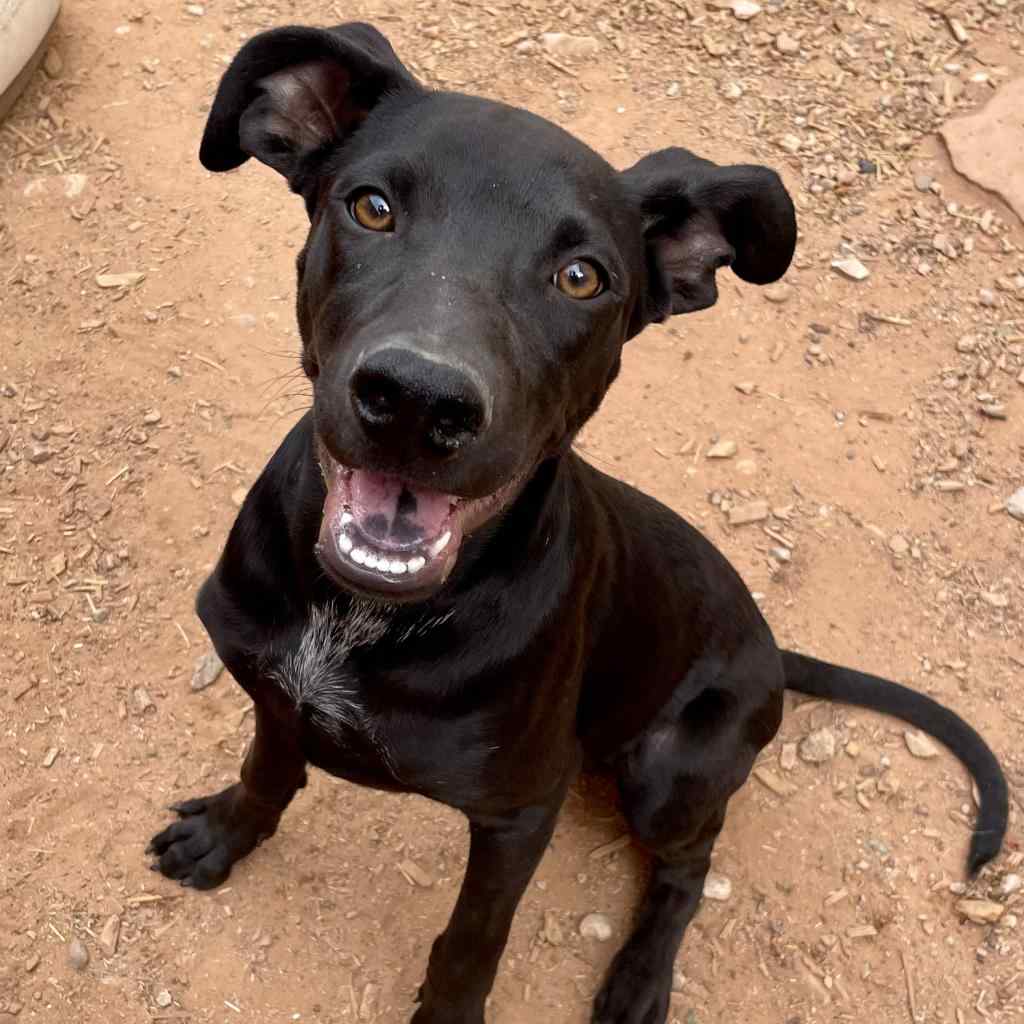When you’re surrounded by the kind of scenery that greets visitors to Arches National Park, it’s easy to overlook the contributions that the park’s employees and volunteers make.
But a new book from the Yosemite Conservancy aims to introduce readers to the people behind the places like Arches, and their stories are often as enthralling as the lands the National Park Service has protected for the last century.
“The Wonder of It All” features 100 narratives from men and women like Rebecca Bailey, a former Arches National Park ranger who now works as an education coordinator for the Four Corners School of Outdoor Education’s Canyon Country Discovery Center in Monticello.
The book’s contributors personalize the National Park Service’s 100-year history in stories that are both charming and gripping, or hilarious and heartfelt – often within the span of just a couple of pages.
Some stories are flat-out funny in an exasperating way, such as Bailey’s recollections of the male visitors she often met on the trails at Arches.
The title of her chapter is “How to Talk to a Girl Ranger,” although she could just as well have called it “How Not to Talk to a Girl Ranger.” It memorializes an encounter she had with a male hiker near Navajo Arch, who exclaimed, “It’s a girl ranger! Have you come to rescue me?”
Bailey, a native of eastern Kentucky, taught writing and literature at Morehead State University in Kentucky for more than 15 years, and also served as the university’s publications editor and chief writer.
She was inspired to become a ranger by two things, she said.
“I was at the point where I felt that if I had to grade another paper I would lose my sanity, and I had a desire to live in southeast Utah,” she said.
She volunteered at Arches for six months, and was then hired the following year as a seasonal interpreter there. Most of her rangering years were spent at the Needles District of Canyonlands National Park, but she also worked at Natural Bridges National Monument, Oregon Caves National Monument, and Cape Hatteras National Seashore.
A majority of the “girl ranger” experiences she had occurred at Arches – perhaps because it is much more heavily visited than the other parks where she worked.
“Usually we ‘girl rangers’ just laugh about those comments and situations. Occasionally, a male doesn’t want to accept that a ‘girl ranger’ knows what she is talking about concerning regulations and policies, but that’s pretty rare,” she said. “Mostly, visitors are simply on vacation having a good time, and have no clue they are asking repetitive or annoying questions.”
In her opinion, she said, humor is the best way to deal with uncomfortable situations
“Otherwise, that’s what the radio is for, to call for backup,” she said.
She certainly puts that humor to good use in her narrative.
When she became a National Park Service interpretive ranger, Bailey writes that she manufactured fantasies about what the job would be like. But it never occurred to her that as a woman in uniform, she’d be of interest to almost every male she encountered, she writes.
Never mind that she was pushing 50 at the time, or that the park service uniform is hardly “alluring in any way,” while her hat gave her “hat hair like you wouldn’t believe.”
The grueling weather didn’t do much to improve her self image: She was usually salt-encrusted from evaporated sweat, she writes, or else the wind was gusting so hard that red sand coated much of her face.
“While I love the work, I can’t say that it makes me feel gorgeous,” she writes.
Even so, she found that there’s no accounting for the “mutant that is the male species.”
“If you’re working the information desk, they’ll keep asking for minute details about hikes, then wander through the exhibits until they find something else to ask about,” she writes. “One guy half my age, who’d been hanging around nearly an hour, was inspired to show me pictures of a gopher snake eating a rat. A surefire way into any woman’s heart.”
Without going into too much detail, she writes that there were also “gentlemen” who asked to have their pictures taken with her, and then couldn’t seem to keep their hands to themselves.
Sometimes, though, her experiences turned out better than she imagined they would. She writes that she will always remember meeting another solitary male hiker on the same Devils Garden Trail that leads toward Navajo Arch.
Although she braced herself for the “girl ranger” comment, the man instead upended her expectations by asking to shake her hand, with tears in his eyes.
“Thank you for taking care of this beautiful place,” he told her. “Thank you.”
Bailey writes that she had tears in her eyes too, as she did when remembered the highest compliment she received as a park ranger.
“Yes, this is what my uniform means,” she writes. “This is how to talk to a girl ranger.”
Friends of Arches and Canyonlands Executive Director Joette Langianese said that Bailey’s words remind her of how much locals can take park rangers for granted.
“These folks are our neighbors, friends and colleagues … (and) we sometimes forget all of the good work they do to assure a positive visitor experience,” she said. “They are on the front lines, so to speak, greeting the millions of visitors that enjoy our national parks with a smile and a handshake. During this 100-year anniversary of the National Park Service, let’s be sure to take the time to thank all of our public land rangers for taking care of these beautiful places that we call our backyard.”
Beyond Bailey’s essay, other stories in the book are profound from start to finish, such as Dan Chure’s recollection of the time he spends with Make-A-Wish children who are suffering from life-threatening illnesses.
Chure, who has worked as a paleontologist at Dinosaur National Monument near Vernal for more than three decades, is responsible for turning “dry scientific publications” into “living and breathing dinosaurs.”
He tells the story of how he and others fulfilled the dreams of one boy in particular who hoped to become a paleontologist, if only for a couple of days.
Thanks to their plan, the boy was able to work in the lab and in the field, giving him “a little bit of the future he would have had if illness hadn’t ultimately snatched it away from him.”
Chure gave him a personal cast of a Compsognathus dinosaur skeleton that is only slightly bigger than a chicken, and the boy’s family later informed him that the cast had become one of their son’s prized possessions.
He recalled that the boy knew everything there was to know about the species – a feeling that he instantly recognized.
“In (his) eyes, I saw that same focused and excited look I see in the eyes of other paleontologists when looking at an important fossil,” he writes.
It’s those kinds of life-changing moments that ultimately await visitors to America’s national parks, National Park Service Director Jonathan Jarvis says.
“This book is dedicated to inspiring stories from inspiring places – from the past, and for the next (100) years and beyond,” he writes. “We invite you to find your park and create your own stories.”
New book celebrates agency’s employees, volunteers in their own words
These folks are our neighbors, friends and colleagues … (and) we sometimes forget all of the good work they do to assure a positive visitor experience.
For more information, go to www.thewonderofitall.org.




